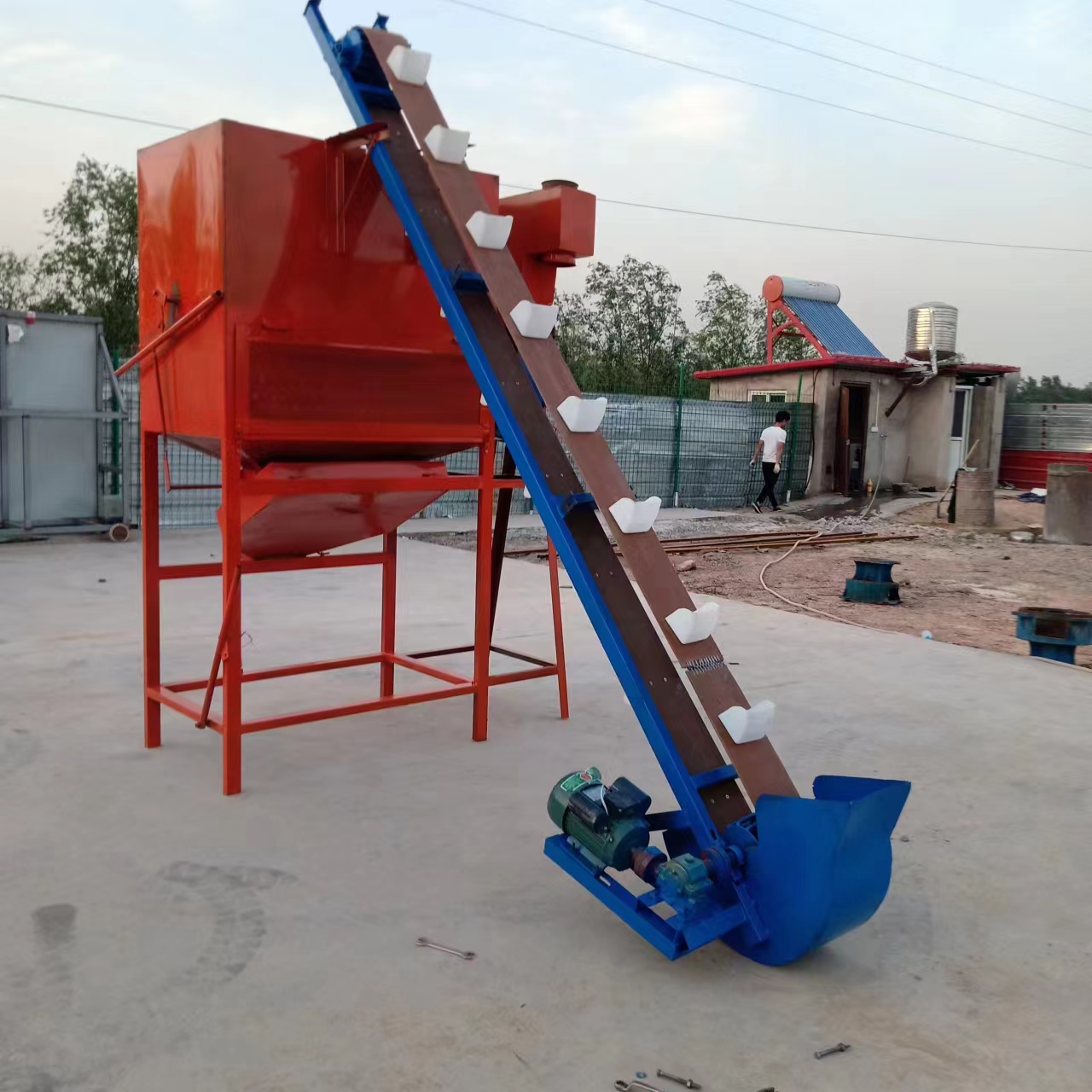Benefits and Challenges of Cage Systems in Poultry Farming Practices
Aug . 18, 2024 12:54 Back to list
Benefits and Challenges of Cage Systems in Poultry Farming Practices
The Cage System in Poultry Farming
The cage system, a method of raising poultry, has been a topic of significant debate and scrutiny in recent years. This approach, primarily used for egg-laying hens, involves housing birds in small cages that restrict their movement. While proponents highlight efficiency and productivity, opponents raise concerns about animal welfare. Understanding the implications of the cage system is essential for navigating the future of poultry farming.
Structure and Function of Cage Systems
In a typical cage system, hens are housed in battery cages, which can hold several birds in a compact space. These cages are designed for high-density living, often providing minimal room for each chicken to move. The purpose of this design is to maximize egg production by facilitating easier management and feeding of the hens. Additionally, the cages help reduce the risk of diseases, as the enclosed environment minimizes the spread of pathogens.
One of the primary arguments in favor of cage systems is their efficiency. It is estimated that battery cages can increase egg production significantly compared to traditional free-range systems. Farmers can achieve higher stocking densities, which can lead to lower production costs and larger output. This efficiency is particularly appealing in a global food market that demands large quantities of eggs.
Animal Welfare Concerns
However, the cage system is heavily criticized for its impact on animal welfare. Critics argue that the confinement of birds in small cages leads to physical and psychological distress. Hens in these systems often engage in behavior indicative of stress, such as feather picking and cannibalism. Moreover, the restricted space limits their ability to perform natural behaviors such as nesting, perching, and foraging.
cage system poultry

Research has shown that hens housed in enriched cages—larger cages that allow for some movement and include elements such as perches and nesting areas—exhibit improved welfare compared to those in traditional battery cages. However, even enriched cages do not fully address the concerns associated with confinement.
Shifting Perspectives and Regulations
In response to the growing concerns about animal welfare, many countries and regions are beginning to implement stricter regulations regarding the use of cage systems. The European Union, for instance, has committed to phasing out battery cages entirely in favor of free-range and barn systems. Similarly, several states within the United States have passed legislation that restricts the use of battery cages, reflecting a shift in consumer expectations towards more humane farming practices.
Consumers are increasingly aware of how their food is produced, leading to growing demand for cage-free eggs. This shift in consumer behavior is prompting many poultry producers to reevaluate their farming practices. Brands are beginning to advertise cage-free eggs as a way to cater to the ethical concerns of their customers, resulting in a significant market trend towards more humane options.
Conclusion
The cage system remains a prevalent method of poultry farming, facilitated by its efficiency and productivity. However, the ethical implications of animal welfare cannot be overlooked. As society becomes more conscious of the conditions in which farm animals live, there is a clear push towards more humane farming practices. The future of poultry farming will likely involve a balance between efficiency and the ethical treatment of animals, with innovations and regulations shaping the landscape of egg production. Ultimately, the transition towards more humane systems may not only benefit the hens but also respond to the growing demands of consumers for ethical food choices.
-
Hot Sale 24 & 18 Door Rabbit Cages - Premium Breeding Solutions
NewsJul.25,2025
-
Automatic Feeding Line System Pan Feeder Nipple Drinker - Anping County Yize Metal Products Co., Ltd.
NewsJul.21,2025
-
Automatic Feeding Line System Pan Feeder Nipple Drinker - Anping County Yize Metal Products Co., Ltd.
NewsJul.21,2025
-
Automatic Feeding Line System - Anping Yize | Precision & Nipple
NewsJul.21,2025
-
Automatic Feeding Line System - Anping Yize | Precision & Nipple
NewsJul.21,2025
-
Automatic Feeding Line System-Anping County Yize Metal Products Co., Ltd.|Efficient Feed Distribution&Customized Animal Farming Solutions
NewsJul.21,2025






